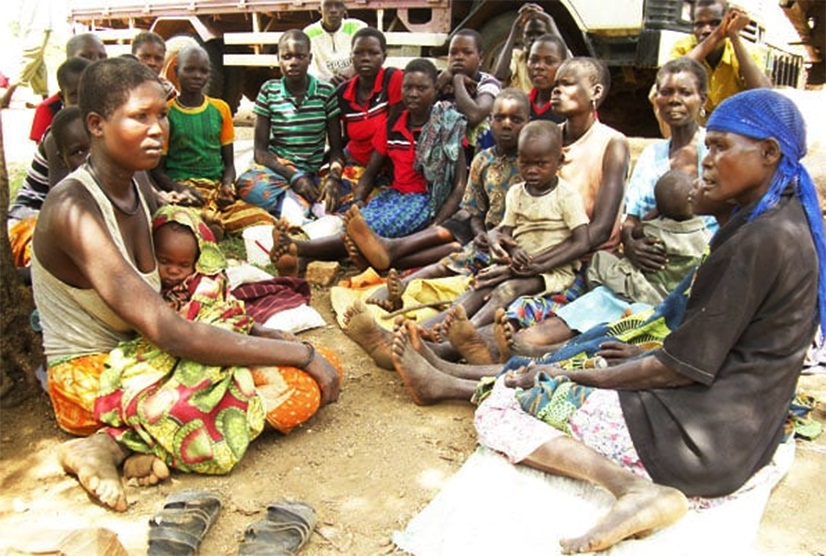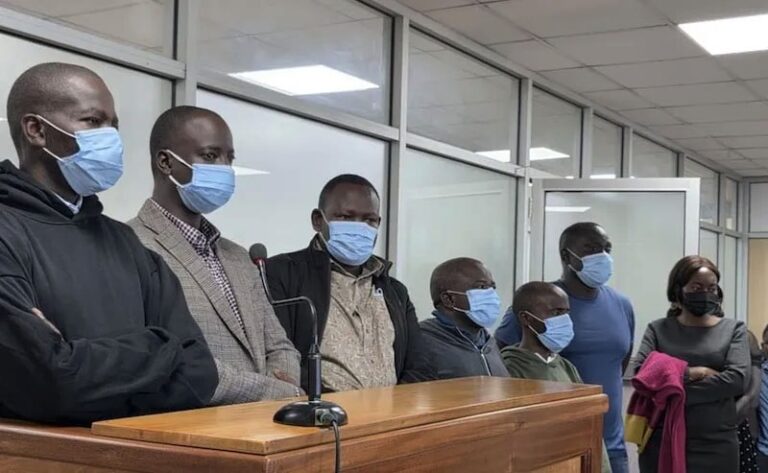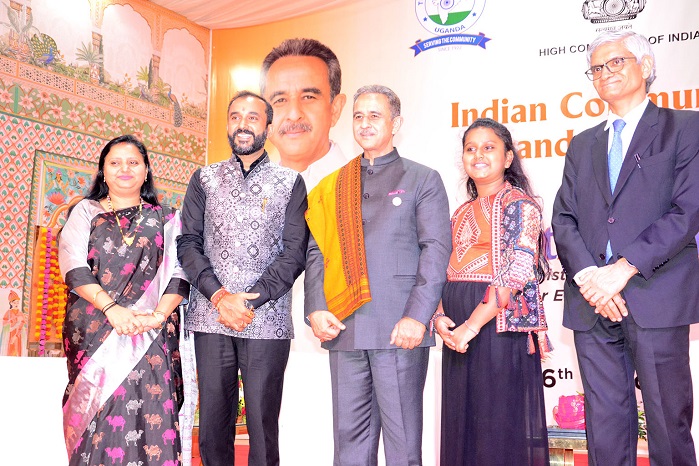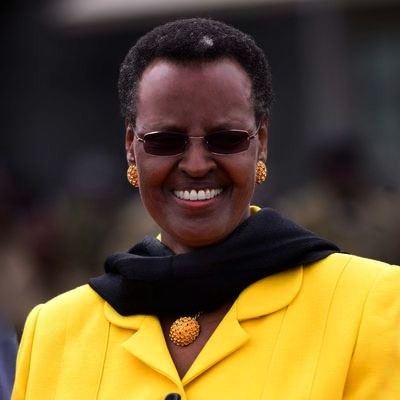
Poverty bites in Karamoja, starting at the household level
HABARI DAILY I Kampala, Uganda I Uganda Bureau of Statistics has reported a spike in absolute poverty in some regions including Karamoja and Teso, pointing to growing inequality among Ugandans.
Dr Chris Mukiza, UBOS’s Executive Director attributed this upward trend to inequality and lack of opportunities.
“When you look at Teso, the inherent contributor to this trend is inequality, which is rising very fast. We are failing to understand why. So the distribution is not even,” he said during an interview recently.
He pointed out that Karamoja, on the other hand, has remained very poor. “In fact, poverty has increased further. Those who are living below the absolute poverty line, of only one dollar a day, if you use one dollar, make up 74% of the population. When it was 69% a few years ago, people thought it was high, but now at 74%, it shows a worrying trend,” he said.
Mukiza said that seven in ten people you meet in Karamoja are living below one dollar a day. And interestingly, their inequalities are all the same.
He said that the data they tabulated in their reports shows that for the Karamojong, the distance to the health centers, health care seeking behavior and the medical care seeking behavior are quite low compared to other Ugandans.
Mukiza further pointed out that the majority of the Karamojong have failed to advance to what President Yoweri Museveni calls the money economy.
“They are living life so subsistently, managing to survive without necessarily touching money. Or are they just focusing on their cows? At UBOS, we have not yet known properly how to measure their consumption expenditure,” he said.
The UBOS boss pointed out that normally, even when people are consuming their own food, they quantify it basing on the market price in that particular area.
“But now the food they eat mostly is blood. So I think once we learn how to quantify that type of poverty rates, they are largely subsistence, consuming a lot of food, which is not easily quantifiable statistically,” he said.
Resource gap
Mukiza wondered why the huge financial and other resources, invested in Karamoja by both the Government and development partners have failed to create substantial impact.
“We only wonder how much resources that have been put in Karamoja. Why have they not had substantial impact? Are the resources really going there or are captured by the middlemen? That one is a question everybody has,” he pointed out.
He added that the indicators like health and, malnutrition, somehow speaks to this poverty, bringing in the correlation.
“Probably, they may lack money but they are actually comfortable people, they are doing well. Yes, but they are not only correlated but related. That’s why as UBOS, we decided not publish the life expectancy, infant mortality and child mortality of the Karamojong, because I think they were under reporting deaths,” he said.
Mukiza said that they are preparing to do a specializing motoric survey for Karamoja with experts who can know that this person is telling lies and what not.
“In Karamoja, Madi and Bukedi, their life expectancy and mortality rates are not speaking to these other indicators. When we looked at enrollment in schools, the Karamoja sub region had some of the lowest figures. There are not even more than 200 schools, the whole sub-region. And even in those few schools, enrollment is very low. This is as compared to any other typical sub-region, which on average has over 2,000 schools.
Didacus Okoth, the UBOS Principal Public Relations Officer, said that in order to turn the fortunes of the country around and cause balanced economic development which would lead to a reduction in inequality, there is need to embrace national statistical resources.
He called upon news reporters to wisely relay relevant information to maginalised audiences. “Such information ignites public debate on the necessary interventions. For that reason, news reporters need to uphold high ethical values.”
Okoth said that they are planning to undertake outreaches to enable them disseminate the gathered data for the benefit of all Ugandans.
“We are planning to partner with media practitioners to generate interest from the users, and use the gathered data to better their lives,” he said.
UBOS released results for the 2024 National Population and Housing Census, which found Uganda’s population to be 45,905,417. Key findings include a population growth rate of 2.9% since 2014, a youth-dominated demographic structure, and varying levels of access to improved water sources and electricity.
The census also reported on housing conditions, literacy rates, and economic indicators, including subsistence economy prevalence and unemployment.
According to the Multi-Dimensional Poverty Index Report of 2022, at the regional level, the Northern region has the highest deprivations in almost every indicator except in water and child labour indicators. The Eastern region has the highest deprivations in productive employment (50 percent) and child labour (28 percent).
The Western region has the highest deprivation in access to water (52 percent). At the sub-regional level, Karamoja consistently has higher levels of deprivation in all indicators except for access to health services and the prevalence of child labour.




